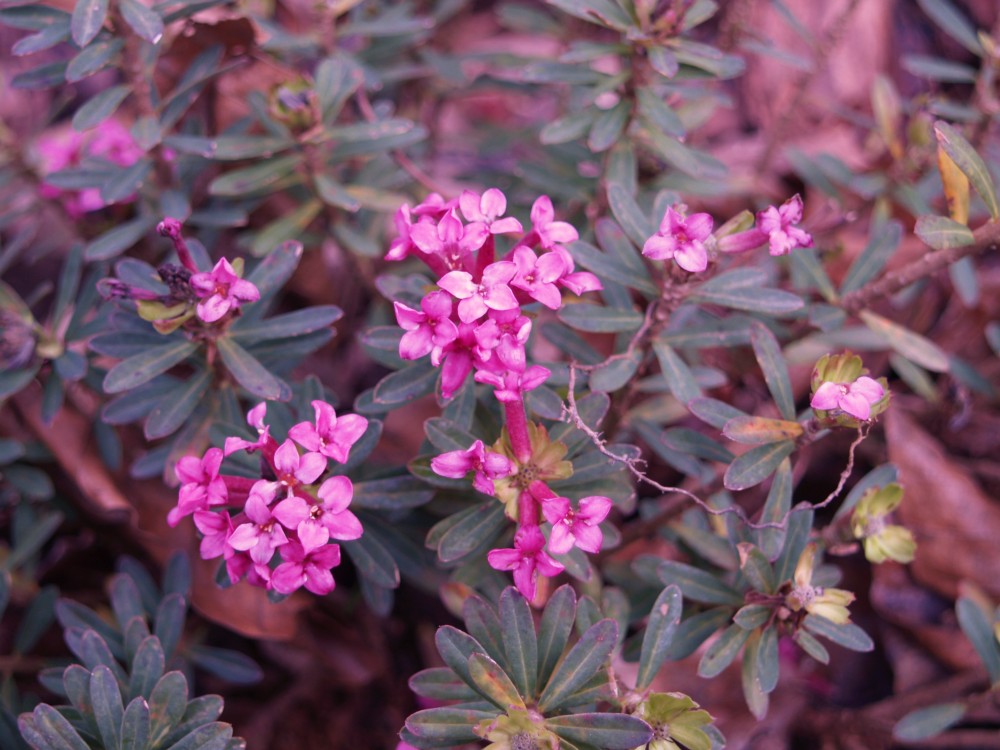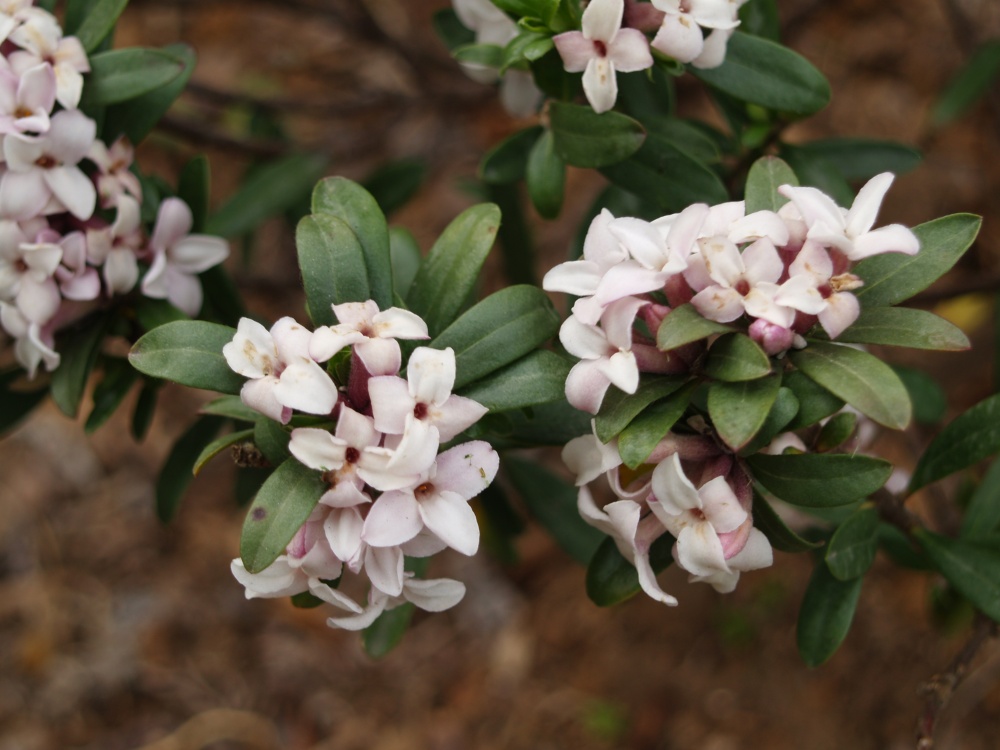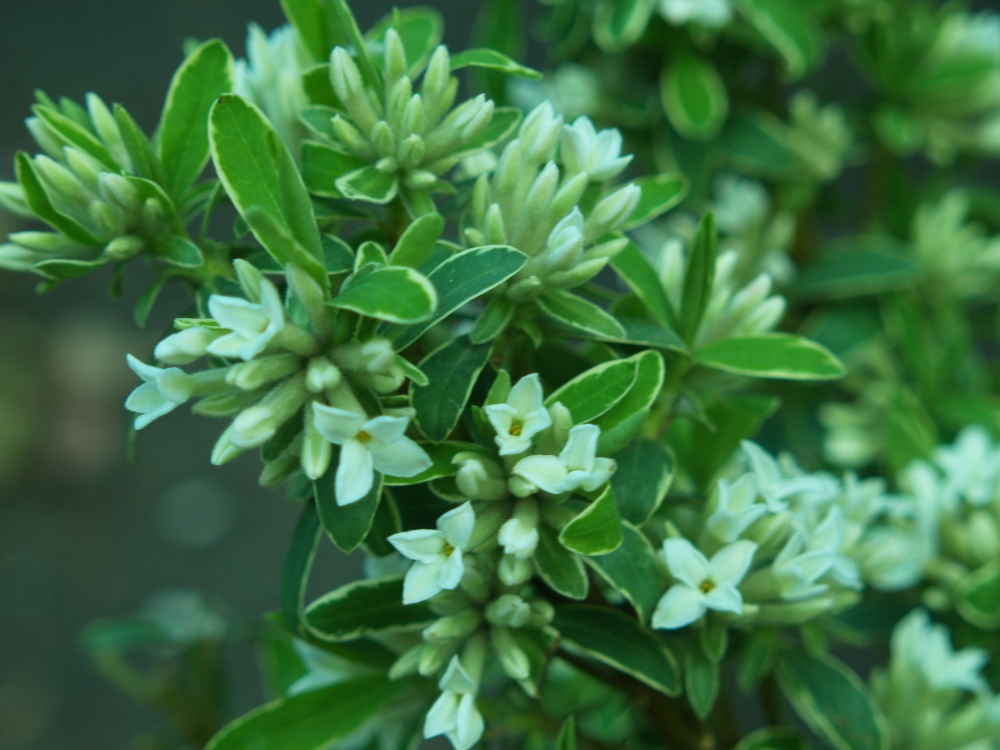If the gardener stays in one place long enough, annoyances will come and go so that one day he’s in paradise, the next he’s convinced the only solution is to sell the place. Twenty-seven years ago, this lot was purchased for practical reasons; it’s driveway was short, so shoveling snow would be less of a chore compared to other neighboring properties, and, the front yard was rather small with most space for a garden in the rear.
Less considered was the swath of forest that parallels the southern property line, thirty or forty feet from the house at its closest point, and of course this has been worrying in recent years with the potential for tall maples and tulip poplars crashing into the house. This became a more real possibility when a tree fell in an ice storm a few years ago, and though it only brushed the house, it crushed a few Oakleaf hydrangeas that have mostly recovered by now. A gashed forehead as the tree was removed was the worst that came from it, but that’s long healed over except for a small scar and conveniently, an excuse for short term memory loss.

Large branches of several swamp red maples (Acer rubrum) arch over the garden, closing the distance between the forest and the house, and the garden on this side is heavily shaded through much of the year. I’ve been tempted (more than a few times) to chop out a few errant branches to bring in a bit more sun, but the time I tried, things didn’t go exactly as planned. As my son cut one long, overhanging branch I tugged with a rope to guide it to fall into a narrow opening between Japanese maples and a variety of small shrubs. It missed by that much, which was really not so bad, but the branch crashed onto a somewhat aged and wonderfully full ‘Carol Mackie’ daphne (Daphne × burkwoodii ‘Carol Mackie’, above).
Once the thick branch was cut into smaller pieces and moved, the damage was not as bad as expected, but several branches of the daphne were broken. What was once a nice, rounded plant, now had a doughnut hole in the center. Which, turned out not to be much of a problem since the sweetbox (Sarcococca hookeriana ‘Humilis’) growing beneath ‘Carol’ had begun to grow with vigor, and the result looks almost planned. Once again, the best features of this garden are by complete accident.
The long winded point I’m getting around to is that daphnes are considered to be fragile, but a ton of tree branch squashed this one, with hardly a problem. There are several other daphnes in the garden, and though none have been abused as much as ‘Carol Mackie’, all are trouble free despite a general reputation for being troublesome. Perhaps the main bother with daphnes is in getting the drainage right, and I’m pretty certain that years ago I lost one that was planted in questionably damp soil. Otherwise, ‘Carol Mackie’ was transplanted once, and has made it for most of two decades.

Other daphnes seem even easier, with the exception of the persnickety rock daphne (Daphne cneorum, above) that survives, but perpetually struggles. Winter daphne (Daphne odora ‘Aureomarginata’, below), which is the least cold hardy of the bunch, has taken a beating a few times in the recent cold winters, but it bounces back and I don’t think it’s possible to kill it at this point (short of the next ice age). Remarkably, the flexible stems of winter daphne spring back immediately after being buried for several weeks under four feet of snow.


In the past few years I’ve discovered hybrid daphnes ‘Eternal Fragrance'(above), that flowers in April, then sporadically through October (sometimes into November), and ‘Summer Ice’ (Daphne x transatlantica ‘Summer Ice’, below) with variegated foliage that is a nice addition tot eh long flowering daphnes. Both are as sweetly fragrant as other daphnes, and apparently sturdier since they are much more cold tolerant. I don’t think I’m confident enough in the toughness of any of the daphnes to begin digging and transplanting them around the garden, but if one is planted in a well drained spot with part sun, it’s possible it could be around for as long as ‘Carol Mackie’.

My Carol Mackie Daphne is one of my favorite garden plants due to its flowers and variegated leaves.